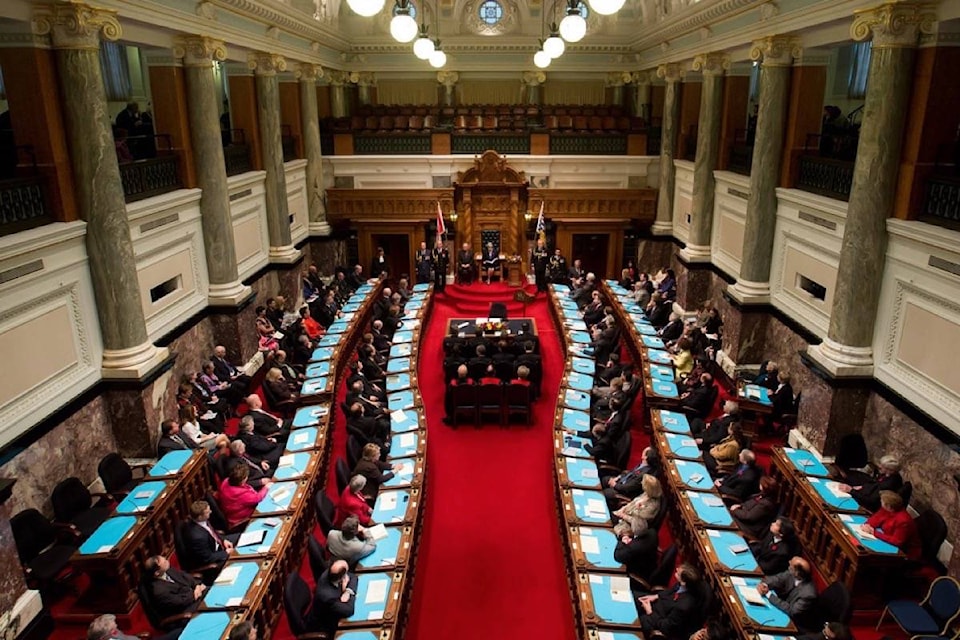B.C.’s rural-urban political divide could be getting wider in the years to come, as the NDP government plans to remove protection for existing rural seats in the B.C. legislature and add more to areas with growing population.
Attorney General David Eby introduced changes to the next electoral boundary commission Monday, giving it the ability to add as many as six new seats to a legislature that is already crowded with 87 MLAs. It would also remove a restriction in place since 2014 that prevents reducing the number of northern and rural seats to balance population with urban zones.
MLAs of all parties agreed then that B.C.’s most far-flung constituencies can’t get any bigger and still be represented by a single elected member. At the time, Stikine and North Coast were the most thinly populated, with fewer than 23,000 residents scattered over huge areas, while some Vancouver constituencies had more than 60,000 people.
Eby said B.C.’s population is expected to grow by another 500,000 people, and the changes give the next electoral boundaries commission the ability to use its discretion, with a guideline that representation should only vary by plus or minus 25 per cent from the average size of constituencies.
Nechako Lakes MLA John Rustad said the changes will likely mean the loss of one or two seats in Northern B.C. and one in the Kootenay region, as urban populations continue to see the most growth.
RELATED: B.C. Liberals move to freeze number of rural seats
RELATED: Surrey gets ninth MLA, New Westminster gains one
“From 100 Mile House north, there are about 340,000 people,” Rustad wrote on Facebook Monday. “At 57,000 average population, the north could have as few as six seats from its current 10 seats.”
Electoral boundary reviews take place every six years, led by a B.C. Supreme Court judge. Former premier Gordon Campbell initiated the protection of rural seats after a 2008 review recommended eliminating one seat in the Cariboo-Thompson region and one in the North.
The most recent changes were prior to the 2017 election, with Surrey getting a ninth MLA and a new Richmond-Queensborough seat added to bring the number of seats to the current 87.
@tomfletcherbc
tfletcher@blackpress.ca
Like us on Facebook and follow us on Twitter.
